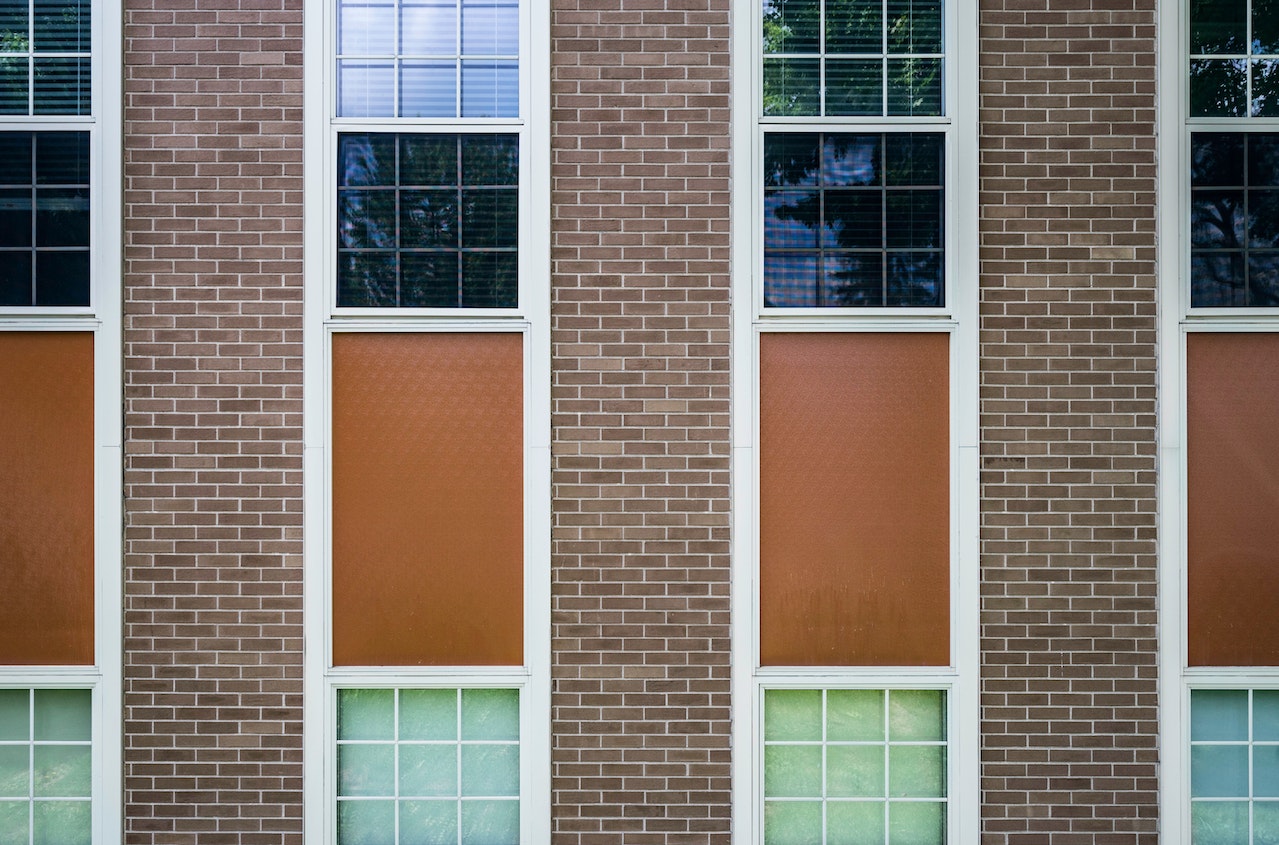Comments
- No comments found

As the new school year looms on the horizon, a startling development has emerged in England: over 100 schools are facing immediate closures due to safety concerns surrounding the use of a specific type of concrete in their construction.
This article delves into the details of this unprecedented situation.

A government directive has compelled 104 schools, nurseries, and colleges in England to temporarily shut down certain buildings constructed with reinforced autoclaved aerated concrete (RAAC). These closures will remain in effect until safety measures, such as reinforcing ceilings, are implemented.
The primary reason for this action is the growing apprehension regarding the stability of RAAC.
Education Secretary Gillian Keegan cited "new evidence" concerning this construction material as the catalyst for the decision, emphasizing a "cautious approach" by the government.
Engineers have been thoroughly inspecting school premises to identify RAAC use. Over the summer, a couple of cases raised significant concerns, Keegan revealed. However, unions and opposition parties argue that the government's response should have been swifter, given the imminent return of children from their summer break.
At the heart of this issue is RAAC, a lightweight concrete commonly employed in roofing, flooring, and wall construction from the 1950s to the 1990s. Notably cheaper than traditional concrete, RAAC features an aerated, or "bubbly," composition, rendering it less durable with a lifespan of approximately 30 years. Moreover, its structural behavior differs markedly from conventional reinforced concrete.
Loughborough University reports that tens of thousands of these structural panels are currently in use, with many displaying signs of wear and tear and deterioration.
The Health and Safety Executive has sounded the alarm, stating that RAAC has exceeded its intended lifespan and may collapse without warning. The Standing Committee on Structural Safety (SCOSS) underscores the material's significant differences from traditional concrete, rendering it notably weaker.
Department for Education (DfE) data indicates that 156 educational establishments in England have confirmed RAAC usage since 2022.
Among these, 52 were deemed critically at risk of collapse, prompting immediate safety measures. However, the remaining 104 were considered non-critical until a recent incident during the summer—a RAAC beam collapse with no prior warning—prompted a change in guidance, urging these schools to vacate affected areas unless mitigation measures were put in place.
Additional schools may still be impacted. An audit by the National Audit Office in June identified 572 schools where RAAC could potentially be present. Engineers are conducting surveys to pinpoint areas of concern.
It is essential to bear in mind that, while this situation is undoubtedly disruptive, England boasts more than 20,000 schools, colleges, and nurseries. Thus, the closures announced on Thursday are confined to a minority of institutions preparing for the upcoming term.
RAAC has found its way into numerous public buildings across the UK, including hospitals, courts, and police stations. In Scotland, over 250 NHS buildings could have RAAC elements. Health authorities in these buildings are currently conducting investigations, a process expected to take up to eight months.
Recently, Harrow Crown Court in northwest London shut down indefinitely after RAAC was discovered during renovation work. Since 2018, responsible authorities have been encouraging surveys to identify RAAC and its removal, when necessary, from public buildings.
In England, hospitals have resorted to propping up structures with RAAC elements, and seven buildings are slated for complete reconstruction due to extensive RAAC use.
Surprisingly, the government has been aware of RAAC's presence in certain public sector buildings since 1994. Monitoring of these structures began in 2018.
Revised guidance was issued in 2021 and 2022 regarding RAAC management. Last year, the DfE distributed questionnaires to all relevant bodies, seeking information on RAAC usage in schools nationwide.
The government's decision to act decisively stems from "recent cases" that have eroded confidence in structures employing RAAC. Unfortunately, the government has not elaborated on the nature of these cases.
Schools Minister Nick Gibb indicated that expert advice had previously deemed RAAC usage safe if the material was not in critical condition. However, the collapse of a previously low-risk RAAC beam during the summer prompted a reassessment of this stance.
Schools affected by RAAC are being assigned dedicated caseworkers by the DfE. These professionals will collaborate with the respective institutions to evaluate their unique requirements.
According to the DfE's guidance, funding will be made available for capital-funded works necessary for safety measures. The government has already allocated over £15 billion since 2015 to support RAAC-related initiatives, including £1.8 billion earmarked for the 2023-24 period.

Education Secretary Gillian Keegan seeks to assuage parents' concerns. She emphasizes that most parents need not worry since out of over 20,000 schools in England, only slightly more than 150 contain RAAC. Her primary concern, she states, is the safety of children, and steps are being taken to minimize disruptions.
Keegan notes that engineers have been actively inspecting school sites, and though a few cases raised concerns over the summer, the government is adopting a cautious approach to ensure child safety.
Leave your comments
Post comment as a guest